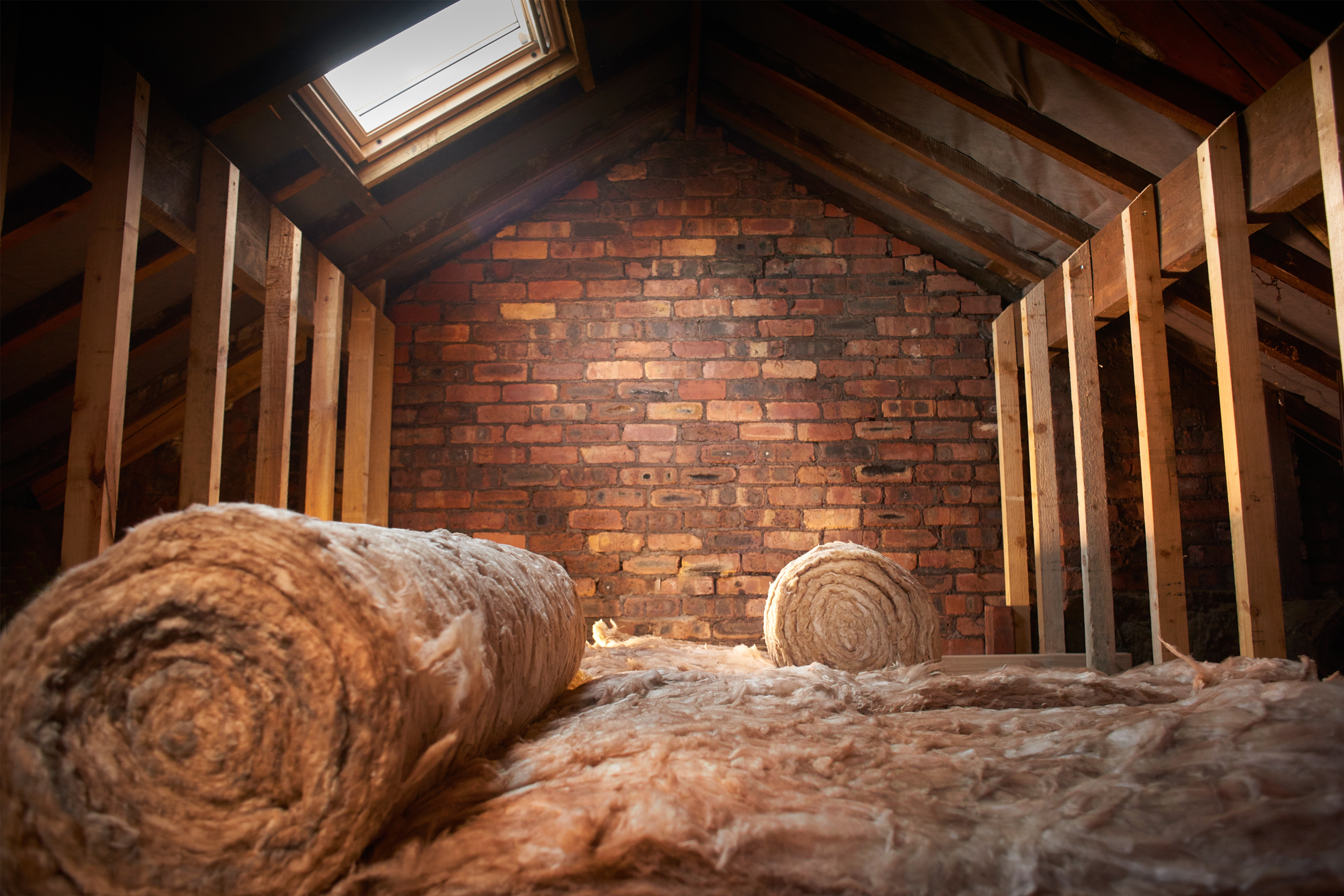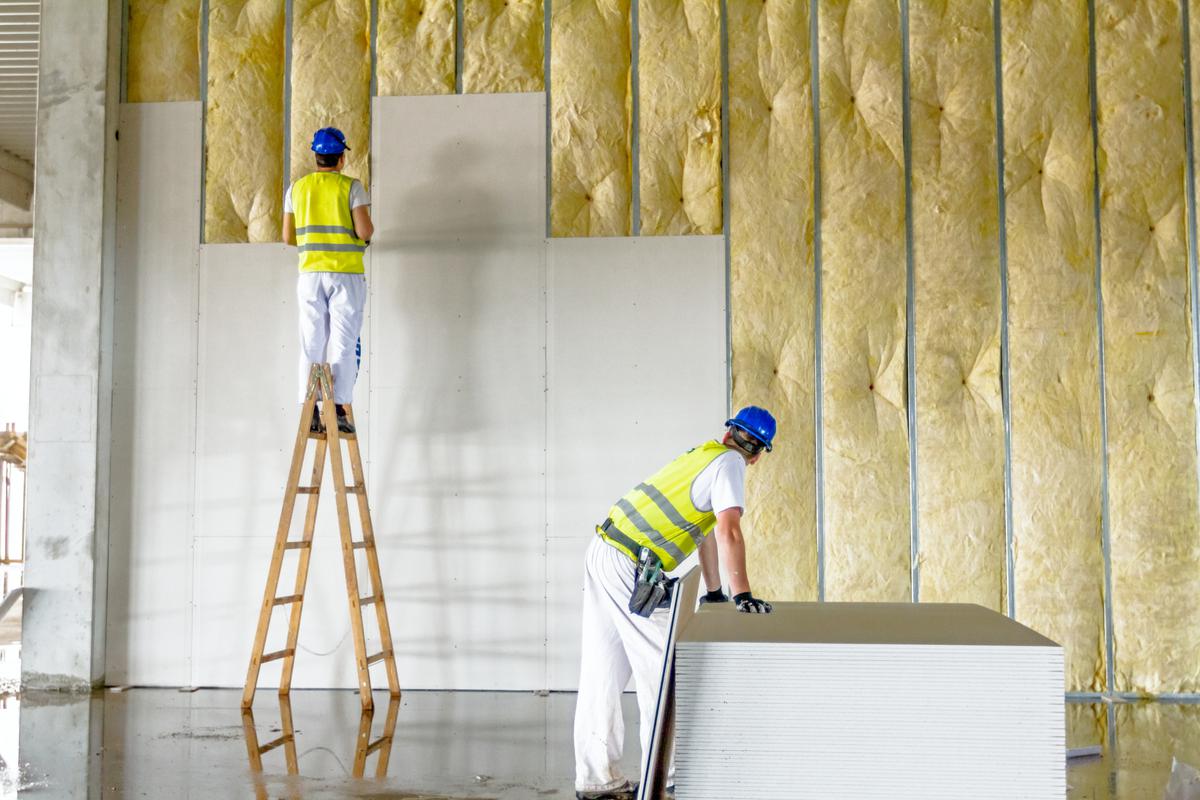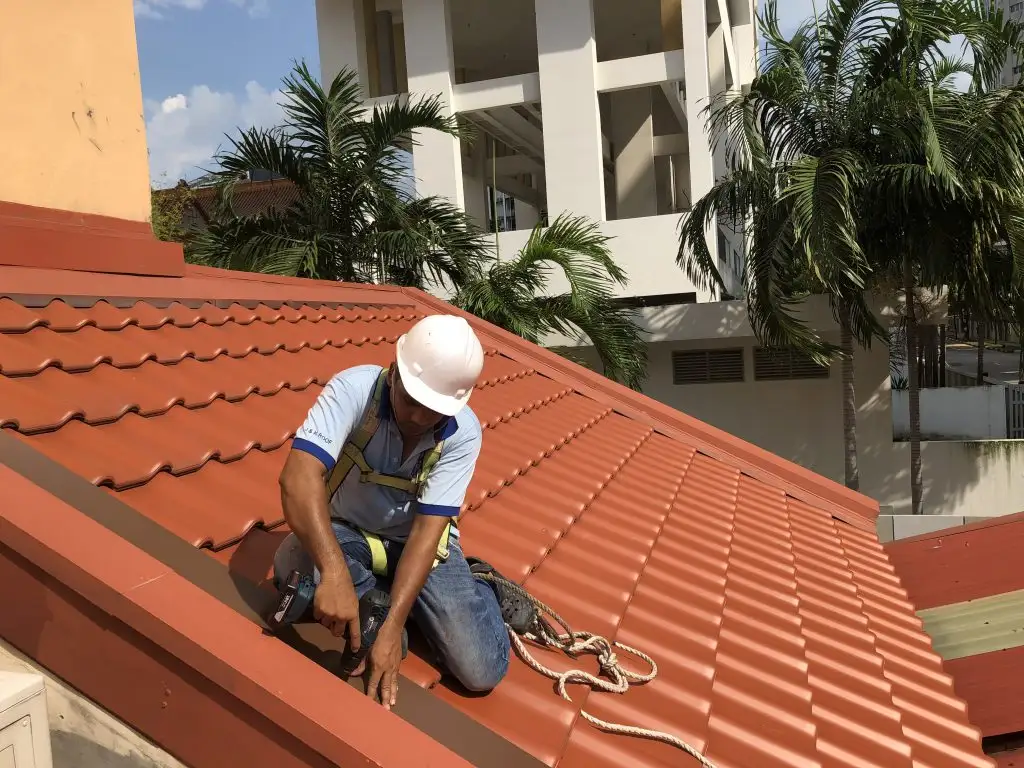5 Ways To Insulate Your House
:no_upscale()/cdn.vox-cdn.com/uploads/chorus_image/image/66352119/Attic_iStock_174634023.7.jpg)
Insulation is one of the best ways to make your home more energy efficient, kinder to the environment and easier on your finances. The role of insulation is to keep indoor temperatures more comfortable by resisting the flow of heat out of your home during colder days, and stopping it from flowing into your home on hot days. Well-insulated homes are not only more comfortable to live in, they also see more energy savings since they rely less on artificial heating and cooling.
Convinced how beneficial insulation is? Let’s jump into 5 ways you can insulate your home to maximise energy efficiency and save money on your power bill.
Table of Contents
1. Insulate your ceiling and roof
More than any other area of your home, the roof is responsible for the greatest heat loss and gain. So if you’re going to insulate your home, tackle this as your first priority. Insulation batts are great for the ceiling cavity, as they can be easily pushed up between the ceiling rafters. If you live in a place that receives a fair amount of sun, reflective foil insulation can make a big difference too. Installed in the roof, this type of insulation helps reflect radiant heat from the sun away from your home.
2. Get your walls insulated
Next on the priority list of places to insulate should be your walls, as these are responsible for a significant portion of a home’s heat loss and gain. Batts such as Earthwool Insulation Wall Batts can be installed in the wall cavity to create an effective heat barrier. Foilboard panels or insulated plasterboard can also be used to effectively insulate external walls.

3. Draught-proof your doors
Have you ever felt cold draughts through your home, even when doors and windows were closed? This is usually caused by uninsulated gaps around doors and windows and can be easily fixed by sealing these gaps. Draught proofing can make a significant effect in the overall energy efficiency of your home.
4. Double glaze your windows
Windows are sometimes responsible for an unwanted amount of heat loss and gain. One way to combat this is by double glazing your windows. Double glazed windows are made of two sheets of glass with a sealed gap of air in between them which acts as an insulating barrier. On top of double-glazing your windows, a simple set of thick curtains can also help improve their insulation.
5. Insulate under your floor
Although it’s not as much as your roof and walls, quite a lot of a home’s heat loss and gain occurs through the floor. This is especially true for older style homes which are raised off the ground. Underfloor Insulation will help stop heat escaping during winter and will keep the hot air out during summer. Polyester rolls, Earthwool Insulation batts and Extruded Polystyrene insulation are all great options for insulation under the floor.





